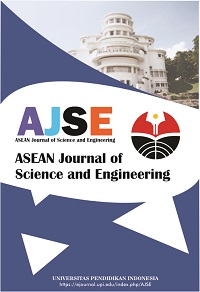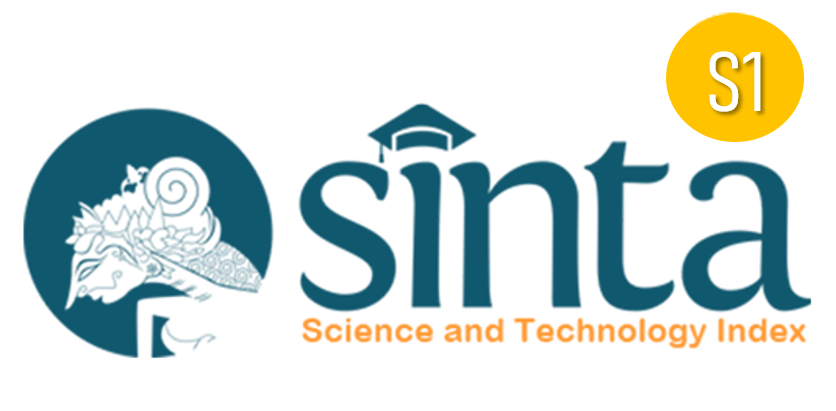Innovation of Environmentally Friendly Solid Electrolyte Biobattery Based on Carrageenan and Rotten Tomatoes
Abstract
Keywords
Full Text:
PDFReferences
Abidin, M., Hafidh, A. F., Widyaningsih, M., Yusuf, M., and Murniati, A. (2020). Pembuatan Biobaterai berbasis ampas kelapa dan tomat busuk. Al-Kimiya: Jurnal Ilmu Kimia dan Terapan, 7(1), 28-34.
Boskabady, M., Marefati, N., Farkhondeh, T., Shakeri, F., Farshbaf, A., and Boskabady, M. H. (2018). The effect of environmental lead exposure on human health and the contribution of inflammatory mechanisms, a review. Environment International, 120, 404-420.
Gottesfeld, P., and Pokhrel, A. K. (2011). Lead exposure in battery manufacturing and recycling in developing countries and among children in nearby communities. Journal of Occupational and Environmental Hygiene, 8(9), 520-532.
Gusnita, D. (2012). Pencemaran logam berat timbal (Pb) di udara dan upaya penghapusan bensin bertimbal. Journal Lapan Berita Dirgantara, 13(3), 95-101.
Hidayat, M. I. and Suparto. (2017). Pemisahan mangan dioksida (Mno2) dari limbah pasta baterai dengan metode elektrolisis. Journal Sains dan Seni ITS, 6(2), C36-C40.
Marwah, R. A. (2015). Analisis konsentrasi kadmium (Cd) dan timbal (Pb) pada air dan ikan dari perairan sungai wakak kendal. Management of Aquatic Resources Journal (MAQUARES), 4(3), 37-41.
Rahayu, R. N., Purnamasary, I., and Nugraha, A. S. (2022). Pengembangan indikator bromofenol biru dan metil merah pada label pintar sebagai sensor kematangan buah tomat. Pustaka Kesehatan, 10(1), 46-51.
Ruslinda, Y., and Permadi, R. N. (2018). Timbulan, komposisi dan karakteristik sampah bahan berbahaya dan beracun (B3) pada sarana kesehatan. Jurnal Dampak, 15(2), 59-64.
Satriady, A., Alamsyah, W., Saad, A. H., and Hidayat, S. (2016). Pengujian pengaruh luas elektroda terhadap karakteristik baterai LiFePO4. Jurnal Material dan Energi Indonesia, 6(2), 43-48.
Wahyuni, E. T., and Sutomo, A. H. (2016). Timbulan sampah B3 rumah tangga dan potensi dampak kesehatan lingkungan di kabupaten Sleman, Yogyakarta (generation of household hazardous solid waste and potential impacts on environmental health in Sleman regency, Yogyakarta). Jurnal Manusia dan Lingkungan, 23(2), 179-188.
Wilyani, I. T., Nugraha, J. K., Aryadi, M. A., and Mariam, N. (2018). E-waste: an underrated hazardous waste in Indonesia. Journal of Environmental Engineering and Waste Management, 3(2), 85-94.
Zhang, F., Liu, Y., Zhang, H., Ban, Y., Wang, J., Liu, J. and Zhu, B. (2016). Investigation and evaluation of children’s blood lead levels around a lead battery factory and influencing factors. International Journal of Environmental Research and Public Health, 13(6), 541.
DOI: https://doi.org/10.17509/ajse.v3i3.49681
Refbacks
- There are currently no refbacks.
Copyright (c) 2022 Universitas Pendidikan Indonesia

This work is licensed under a Creative Commons Attribution-ShareAlike 4.0 International License.












